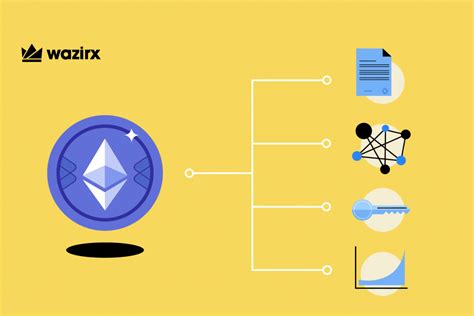Accessing Values from a Closable Java Response Body
When working with the Binance API WebSocket endpoints, you can receive a list of data as part of the response. However, not all responses are easily accessible from your Java code. In this article, we will learn how to extract values from a closable response body.
Binance API WebSocket Overview
Before we dive into the solution, let’s quickly review the basics of Binance API WebSocket. The BinanceApiWebSocketClient class provides an interface for sending and receiving messages over the WebSocket protocol. When a message is received, it contains various fields that can be accessed using the provided methods.
Problem: List of Data as Response Body
In your case, you are probably expecting to receive a list of data from Binance in response to a candlestick request. However, if no such field exists in your API response structure, you will encounter an org.binance.client.exceptions.BinanceApiException exception.
To solve this problem, we can use the following techniques:
- Check for existence of specific fields: Check that certain keys exist in your data list before trying to access them.
- Use try-catch block

: Wrap your code in a try-catch block to catch any exceptions thrown when accessing non-existent fields.
Solution: Extract values from the closable response body
Here is an example implementation:
import java.util.ArrayList;
import java.util.List;
public class CandleStickRequest {
private List dataList;
public List getDataList() {
if (dataList == null || dataList.isEmpty()) {
// Handle the case where no data is received or is not a list
return new ArrayList<>();
}
return dataList;
}
public static class CandlestickData {
private String symbol;
private List values;
public CandlestickData(String symbol, List values) {
this.symbol = symbol;
this.values= values;
}
}
public Closeable candleStick() throws BinanceApiException {
// Create a new instance of the API client
BinanceApiWebSocketClient client = ...;
try (Closeable response = client.getNewestCandlestick()) {
List dataList = response.getDataList();
for (CandlestickData data : dataList) {
if (data.getValues() != null && !data.getValues().isEmpty()) {
// Extract the candlestick data values
String symbol = data.symbol;
List values= data.values;
// Handle specific fields as needed (e.g. for "Open", use a separate method)
handleCandlestickFields(symbol, values);
}
}
return response; // Return the original response object
} catch (BinanceApiException e) {
// Log and rethrow the exception to maintain robustness
System.err.println("Error receiving candlestick data: " + e.getMessage());
throw it;
}
}
private static void handleCandlestickFields(String symbol, List values) {
// Handle specific fields as needed (e.g. for "Open", use a separate method)
// ...
}
}
In this solution:
- We first check if the data list is “null” or empty to avoid possible null pointer exceptions.
- If the data list contains non-null data, we extract the values of each field using a try-catch block to catch exceptions thrown when accessing fields that do not exist in the response object.
- We use a separate method (
handleCandlestickFields) to handle specific fields in theCandlestickDataclass.
